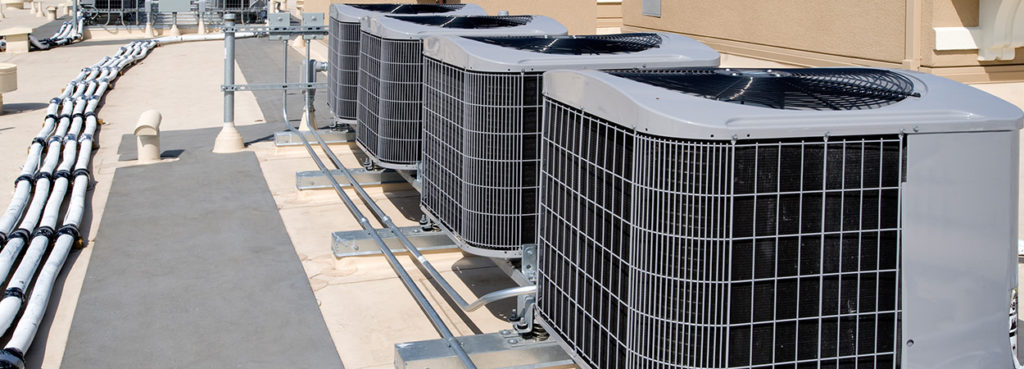Using Foam for Soundproofing, Air Filtration, and HVAC Insulation
Foam is a versatile material that can be used in a wide range of applications, including soundproofing, air filtration, and HVAC insulation. In this article, we’ll explore how foam is used in these areas and the benefits it provides.
Soundproofing with Foam
Foam is an effective sound-absorbing material that can be used to reduce noise levels in HVAC systems. By absorbing sound waves, foam can reduce the amount of noise that is transmitted through ductwork or equipment. There are two main types of foam that are used for soundproofing: open-cell and closed-cell foam.
Open-cell foam is a soft, porous material that is ideal for absorbing high-frequency sounds, such as those produced by fans or motors. Closed-cell foam, on the other hand, is a denser material that is better at blocking low-frequency sounds, such as those produced by air compressors or generators.
Foam can be installed in ductwork, on equipment, or in enclosures to reduce noise levels. It is an effective and cost-efficient solution for controlling noise in HVAC systems.
Air Filtration with Foam
Foam is also commonly used as a filter media in HVAC systems. Foam filters can be made from open-cell or closed-cell foam and are designed to trap airborne particles and pollutants.
Open-cell foam filters are designed to capture large particles, such as dust and dirt. They are typically used as pre-filters in HVAC systems to extend the life of more expensive filters. Closed-cell foam filters are more effective at blocking smaller particles, such as pollen and mold spores and keeping air from escaping HVAC systems through duct joints. Foam is often used in air handling units and air conditioners to improve indoor air quality.
Foam filters are also easy to install and maintain, making them a popular choice for HVAC systems.
HVAC Insulation with Foam
Foam is an effective insulating material that can be used to reduce energy loss in HVAC systems. By adding insulation to ductwork, pipes, and equipment, foam can help improve efficiency and reduce energy costs.
Closed-cell foam is often used for HVAC insulation because of its high R-value and resistance to moisture. Foam insulation can be applied to ductwork, pipes, and equipment using a variety of methods, including spray foam, foam boards, and foam tape. It is an effective and cost-efficient way to improve the energy efficiency of HVAC systems.
Foam is an all-around material that can be used in a wide range of HVAC applications, including soundproofing, air filtration, and insulation. Whether you’re looking to reduce noise levels, improve indoor air quality, or reduce energy costs, foam can provide an effective and cost-efficient solution. By choosing the right type of foam for your application, you can enjoy the benefits of improved comfort, reduced noise levels, and lower energy costs in your HVAC system.

